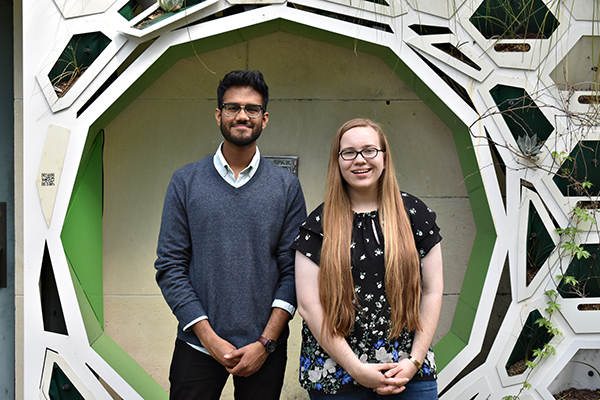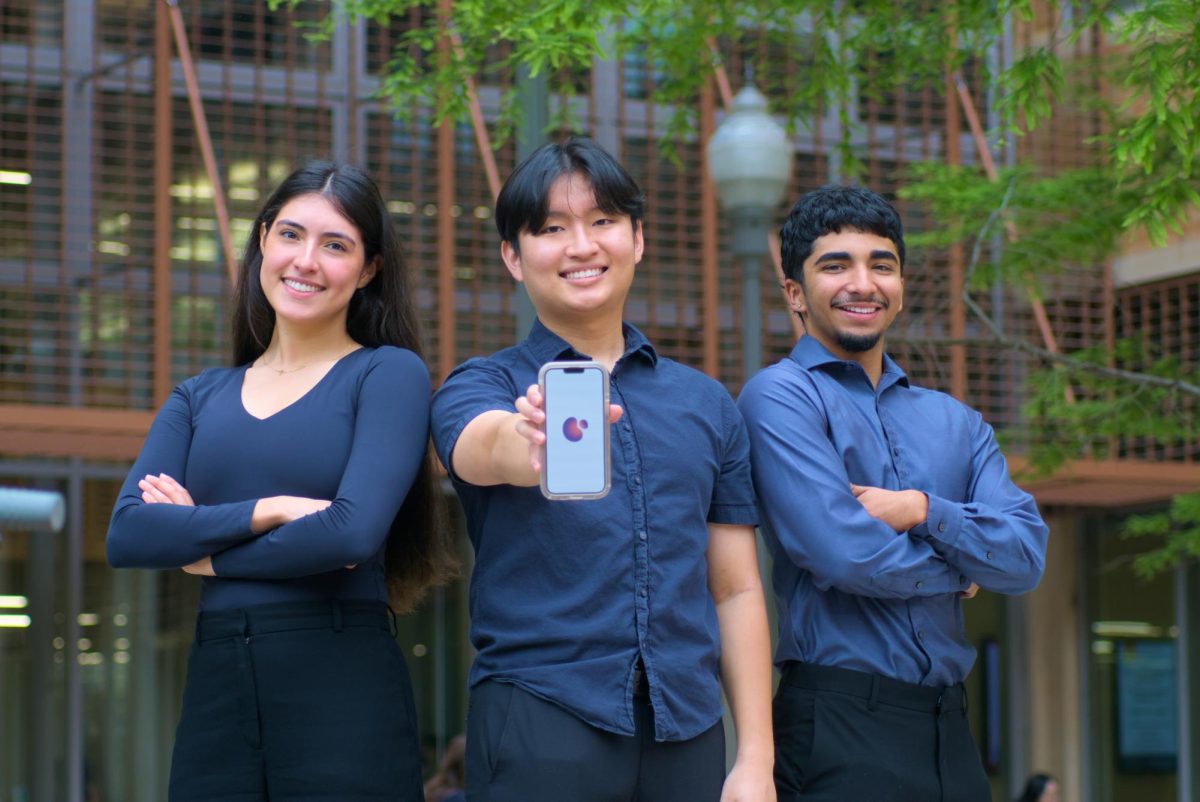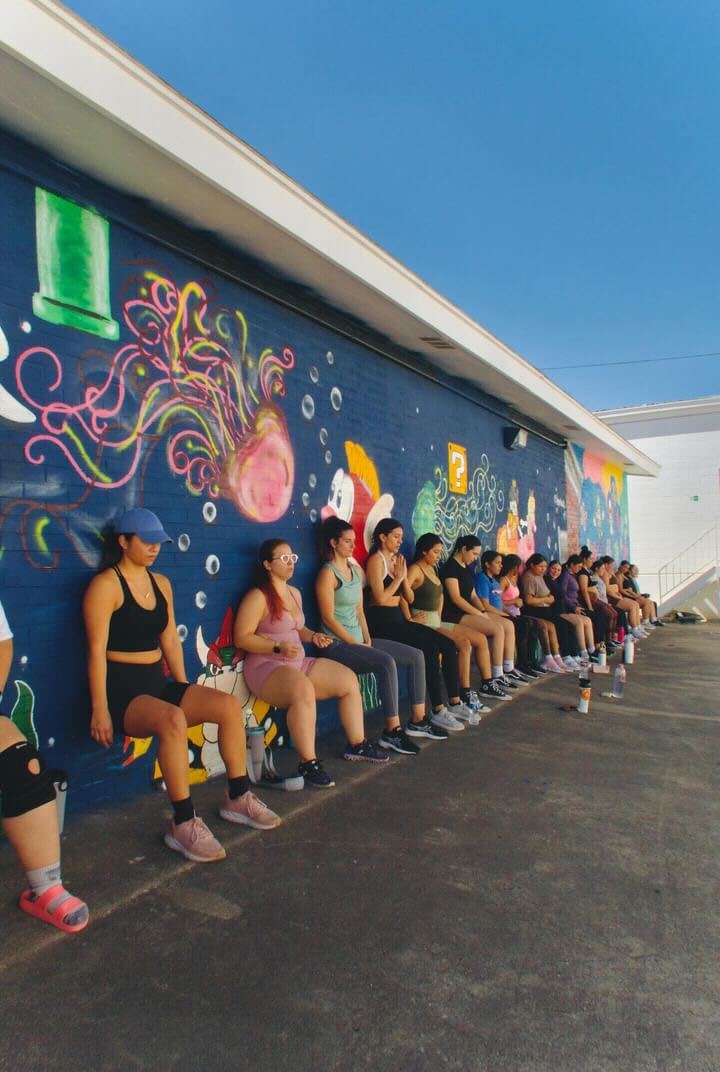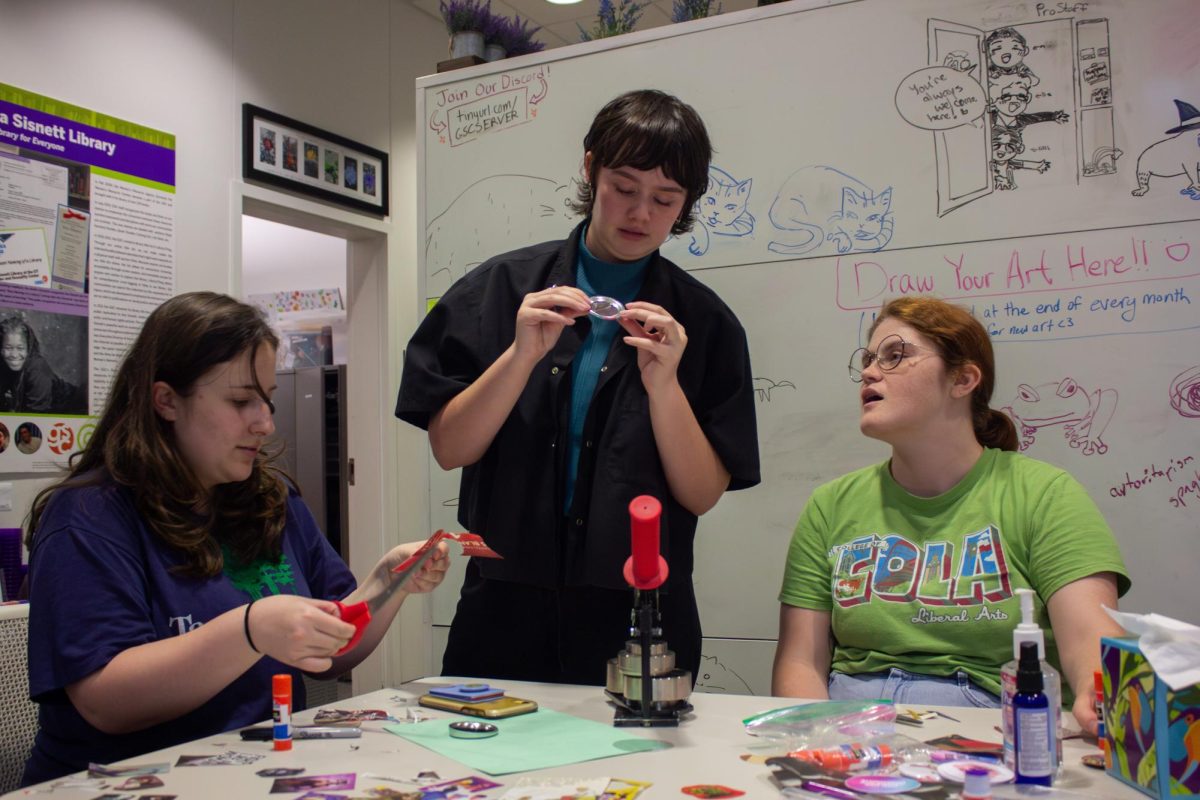What starts here changes the world, and UT students drive that change. This semester, two students set out to do just that by reviving the on-campus chapter of Design for America.
Brooke Reaves, business honors, plan II and government sophomore, and finance and plan II sophomore Shoumik Dabir are working to recover UT’s Design for America chapter, a national network committed to design, innovation and entrepreneurship. The organization aims to use “design thinking,” a design methodology that provides a solution-based approach for problem-solving, to make change at UT.
The UT chapter is committed to using this methodology to work on social and aesthetic issues they find on campus and in the city of Austin. Prior to this semester, Reaves said Design for America had been inactive for about a year following faulty leadership transitions.
“The idea is to specifically focus on social issues and to make the world a better place through small projects,” Reaves said. “We interview beneficiaries and stakeholders, understand the problems deeply and ideate solutions before eventually implementing (them).”
Reaves said her motivation to revive the chapter and make this kind of change at UT stemmed from her desire to use classroom-learned skills in a real-life scenario where social impact could be made.
“I realized that I can apply concepts (from class) and make differences in people’s lives even now as an undergrad,” Reaves said. “I’ve been fascinated by the process of design thinking, so I was like, ‘Yeah I learned this in my business class, but I can apply it in a really real way here on campus (through Design
for America).’”
Prior to becoming inactive in 2018, the UT Design for America chapter made strides through projects concerning sustainability and campus beautification. The chapter spearheaded creation of the environmentalist mural located in Jester through a partnership with the UT Office for Sustainability. DFA also worked with student government to ideate a way to beautify campus, adding a gateway near the Union.
Dabir said the UT chapter’s executive board has discussed more solutions for various issues on campus. He said Design for America plans to work with UT administration and other organizations to fund and implement creative solutions like they have in the past.
“One of the things we
talked about is what would we do with the spaces in Main Mall where the Confederate statues (were) located,” Dabir said. “Another one was how to optimize study spaces and work with ‘dead spaces’ on campus that are unused, ugly or that can
be improved.”
To optimize the reach of the organization, Design for America includes students from all corners of campus. Dabir said students from all majors can contribute and gain useful skills from Design for America.
“When you’re going through the problem solving process, the skillset you’re gaining is transferable,” Dabir said. “You’re learning things that are applicable to any future career path. (Design for America) allows students to develop themselves as students, leaders, thinkers
and innovators.”
Computer science and Sanskrit senior Vaishali Jayaraman said her favorite part of the organization is the diverse group of students working together.
“It’s really cool to work with so many different people across so many disciplines and make things happen on campus,” Jayaraman said. “It’s also nice to work with students and think about things from other people’s perspectives. (Design for America) shows how powerful students are.”





















